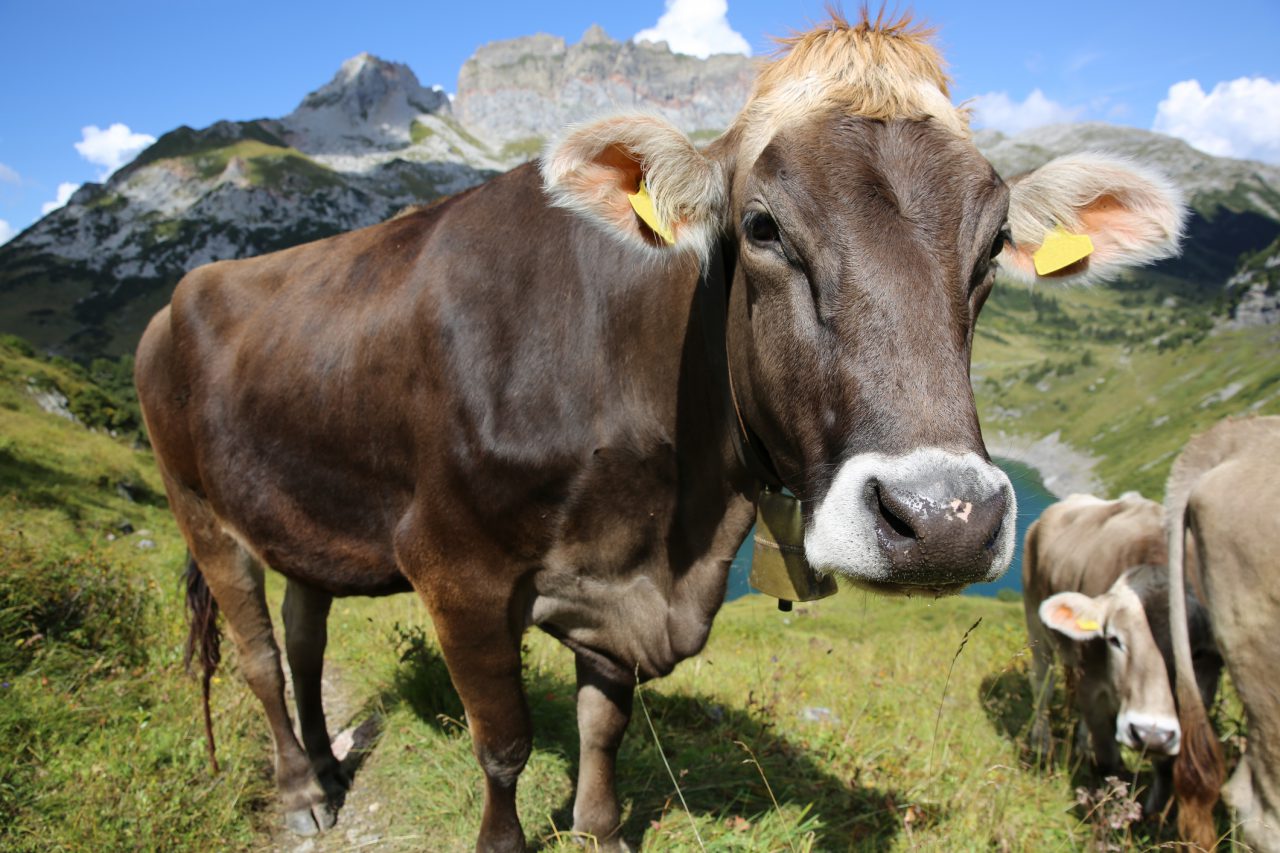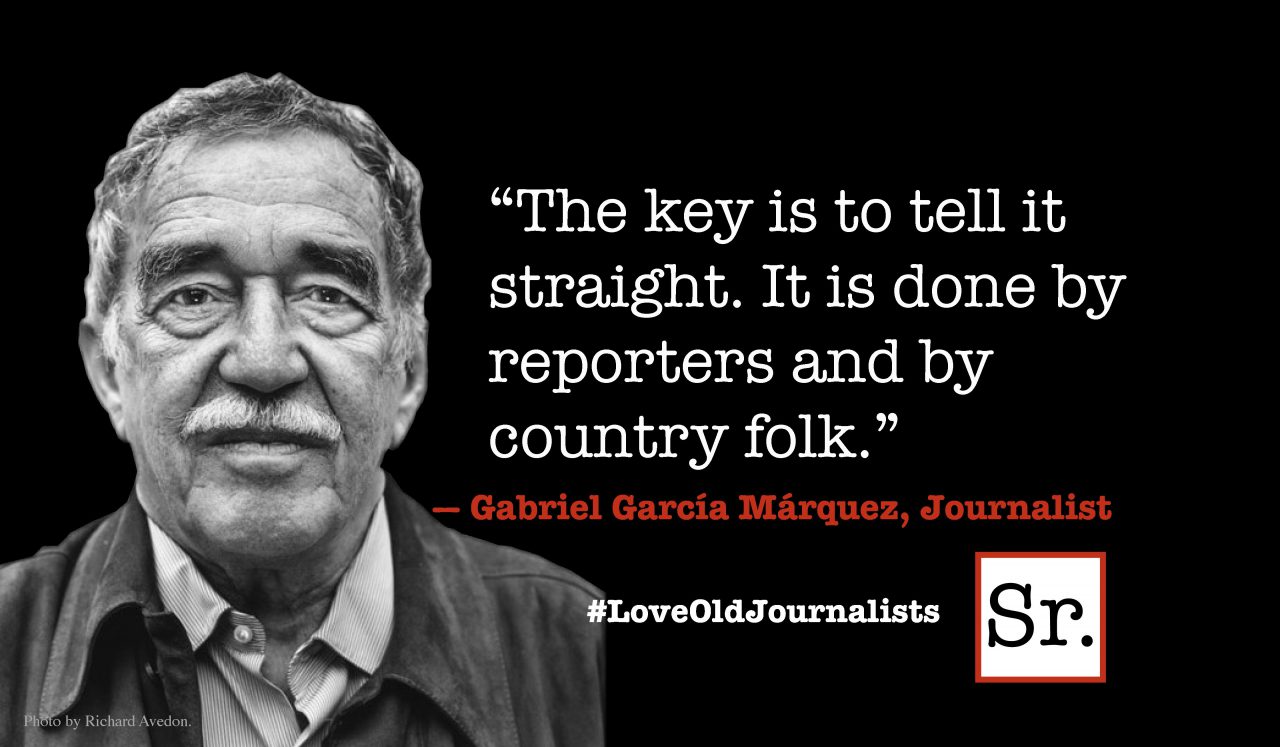I always knew where milk came from. I was never under the illusion that it came from the grocery store in a bottle or from the milkman’s truck. I was a teenager before I ever drank store-bought milk or knew it tasted better cold.
Growing up on a small, 1930s farm in the eastern Washington state town of Tonasket, I witnessed every operation it took to put milk on the table. There was no such thing as stopping on your way home for a quart of milk. We usually had two or three Jersey cows that had to be milked. After Papa finished milking in the early morning, he turned the cows out of the barn to graze in nearby fields during the day. The lead cow wore a cowbell around her neck. The other cows would stay nearby. The cows could graze most anywhere except in the fenced alfalfa fields. Too much fresh alfalfa caused them to bloat, and that would mean a call to the vet. They never roamed too far from home.
The Wilsons, our neighbors, did the same. Quite often in the spring and summer around 5 p.m., the two Wilson kids Robert and Evelyn, and I would go down about half a mile from home to what we called “the Big Rock.” The cows congregated there at that time of day and we’d bring them home. Hearing the clinking of cowbells always told us where the cows were grazing.
The Big Rock was a local milestone marker. Directions were often given, I live this side of the Big Rock or beyond the Big Rock. How big was it? It was smaller than the Rock of Gilbralter, but larger than the Plymouth Rock. It was large enough that the highway had to be built around it. It loomed enormous in my childhood. It had a combination flat and rounded top which made it fun to climb. In the springtime it was covered with outgrowths of green moss and wildflowers, such as yellow buttercups and bluebells.
It was always fun going to get the cows. We took a few minutes to climb the Big Rock, picking wildflowers before heading home with the cows. Sometimes on the way home, we stopped at a nearby pond and collected pollywogs.
On the way home, we would pass neighboring farms and wave to our friendly neighbors. I remember the Freemans, where I drank my first homemade root beer, and the Fisher family, where I tasted my first Nestle Chocolate Chip Toll House cookie. I can still taste the warm chocolate chips melting in my mouth. I had never tasted anything so delicious or even heard of chocolate chips. They had not been available in our grocery store for very long at that time.
In the evening, after Papa milked the cows, one of my chores was to help with the milk separator that was located on the porch. The milk was poured into a large, metal, bowl-shaped container. It was a centrifugal device that would separate the skimmed milk from the cream. When cranked, the bowl would spin and the heavier cream would be forced to the sides. The chores were never finished until the separator was disassembled, washed and ready for the next day.
We always had cream for our hot cereal at breakfast. After a few days when enough cream was accumulated, Papa would make butter. We didn’t have a fancy churn with a crank; ours was a plain half-gallon jar with a secured lid. Papa would bounce the jar on his knee for 10 to 15 minutes until the cream turned into butter. Often, he would sing little ditties of made up words and sounds to entertain us while making butter. When the butter formed, the liquid was drained from the jar. Then Mama would have buttermilk to use for making pancakes or biscuits.
In the 1930s, many houses, especially country houses, did not have built-in kitchen cabinets. Instead they had a free-standing piece of furniture in the kitchen to use for baking needs. It was called by various names, such as the Baking Queen or Kitchen Queen. It was made of wood or metal with an enameled countertop working surface for rolling out dough. It had a couple shelves to hold spices and other necessities for baking. It had tip-out bins under the counter that held flour and sugar. Flour, in those days, came in 25 pound sacks as many families baked their own bread.
Mama made it look so effortless as she prepared homemade biscuits every morning for breakfast at that countertop. She never measured anything. I doubt she owned a measuring cup. She always knew just how much of each ingredient was needed to make those light, fluffy biscuits. Papa always said she made the best biscuits in Okanogan County.
During the Depression nothing was wasted. The flour sacks were bleached and made into underclothes or used for dishtowels. I learned to embroider designs on the flour sacks that were used for dish towels and lasted for years. Another use for the flour sacks was to make them into curtains to cover bare shelving in the kitchen. This was before the days of built-in cabinets.
Mama and Papa made a good team. Papa milked the cows and churned the butter. Mama made the best biscuits in Okanogan County, and even I did the needed chore of bringing the cows home. And of course, enjoyed the fresh, hot biscuits every morning with fresh butter.
Many kids in our modern society might associate cowbells with noisemakers at sports events. Not me. I associate cowbells with our lovable cows, friendly neighbors, wildflowers and hot biscuits.
Afterthoughts: In southern Germany there is an annual folklore festival in May or June when the cows are sent to the upper pasture for the summer. It’s called “Alphaufzug,” meaning “going to the high country.” The cows are decorated with flower wreaths and cowbells. In the autumn when they return to the lower pasture, another much anticipated festival is held called “Alpabfahrten,” meaning “returning to the valley.” Booths of food, beer and games are decorated by the villagers to celebrate the cows return from the high country. The women dress in colorful, traditional Drindle dresses and the men in red leggings, colorful vests and decorated jackets. Along with the elaborate procession of returning cows, the lead cow is one of distinction. She has given the most milk during the summer. She is highly decorated with wreaths of flowers around her neck, flowers on her tail and gets to wear the largest cowbell.
A large part of my ethnic background is German with a smattering of Swiss. Maybe that’s why I love the sound of cowbells.









